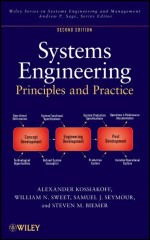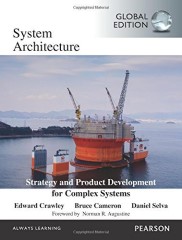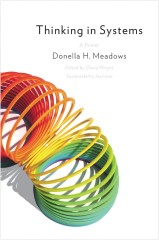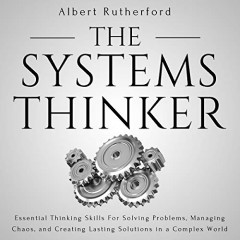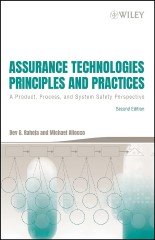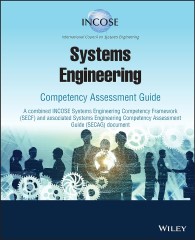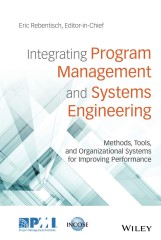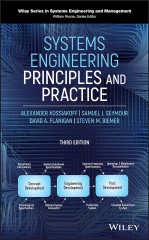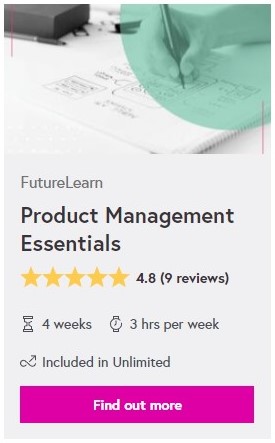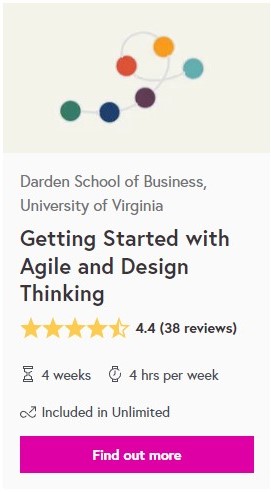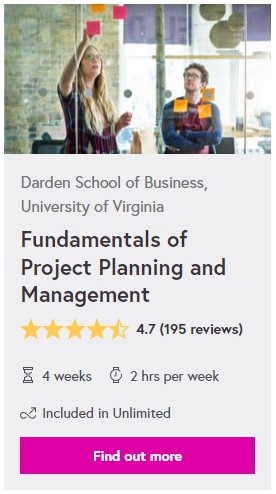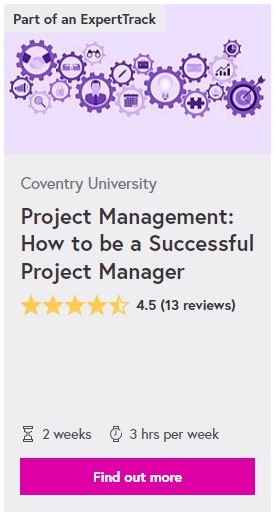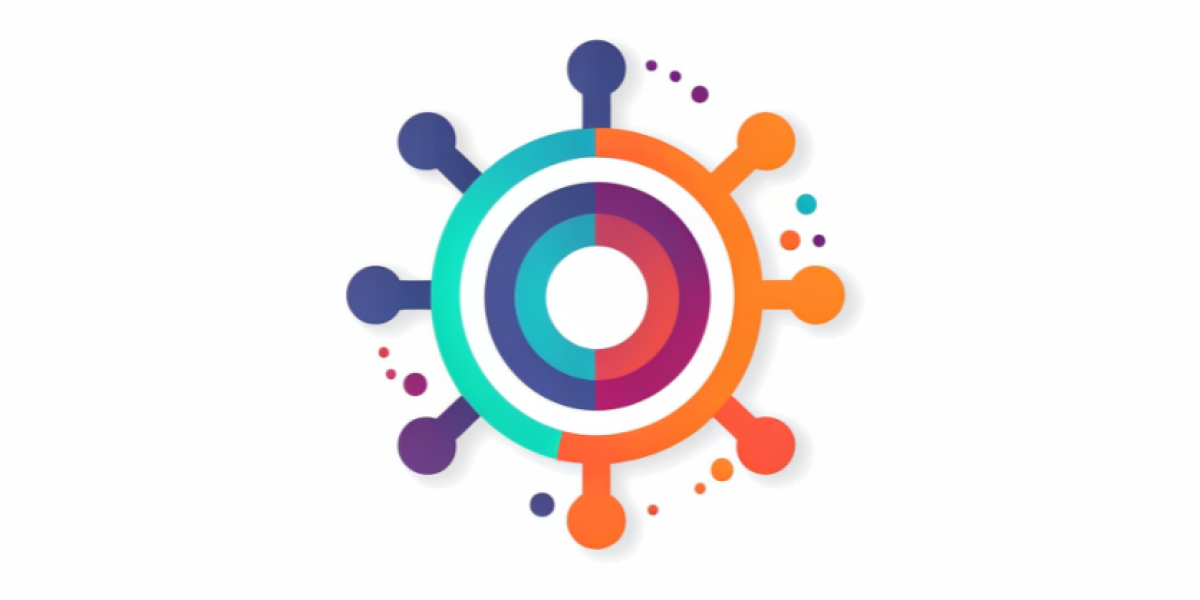In today’s rapidly evolving digital landscape, the difference between project success and failure often hinges on one critical factor: understanding what users truly need. According to recent industry studies, projects with excellent requirements gathering practices are twice as likely to succeed compared to those with poor requirements management. Requirements gathering and mapping—the systematic process of collecting, documenting, and organizing stakeholder needs—serves as the foundation for project success.
Table of Contents
- Understanding Requirements Mapping
- Types of Requirements
- Core Gathering Techniques
- Modern Digital Tools and Platforms
- Stakeholder Management and Communication
- Documentation Best Practices
- Common Challenges and Solutions
- Measuring Success
- Implementation Guide
- Case Study: State DMV Digital Services Transformation
- Conclusion
Understanding Requirements Mapping
Requirements mapping is the crucial process of connecting and visualizing relationships between different requirements and project elements. Unlike gathering, which focuses on collecting requirements, mapping helps teams understand how requirements:
- Relate to Business Objectives
- Trace requirements back to specific business goals
- Show how each requirement supports organizational strategy
- Identify gaps between requirements and business needs
- Connect to Each Other
- Identify dependencies between requirements
- Highlight potential conflicts
- Show hierarchical relationships (parent/child requirements)
- Link to System Components
- Map requirements to specific features or functions
- Connect requirements to system architecture
- Trace requirements to specific code or configuration items
- Align with Project Deliverables
- Link requirements to test cases
- Connect requirements to documentation
- Map requirements to specific releases or iterations
Benefits of Requirements Mapping
- Ensures complete coverage of business needs
- Helps identify missing requirements
- Facilitates impact analysis for changes
- Supports requirement prioritization
- Enables better resource allocation
Types of Requirements
Before diving into gathering techniques, it’s crucial to understand the different types of requirements you might encounter:
- Functional Requirements: These define what the system should do. For example, “Users must be able to reset their password through email verification.”
- Non-functional Requirements: These specify how the system should perform its functions, such as performance metrics, security standards, and reliability targets. For instance, “The system must load within 3 seconds under normal conditions.”
- Business Requirements: These align with organizational goals and objectives, such as “The solution must reduce customer service response time by 50%.”
- User Requirements: These describe what users need to accomplish with the system, often expressed as user stories or use cases.
Learn more about functional and non-functional requirements.
Core Gathering Techniques
Modern requirements gathering employs a combination of traditional and innovative approaches, each suited to different project contexts and stakeholder groups.
| Technique | Best Used For | Time Investment | Stakeholder Involvement | Key Benefits | Potential Challenges |
|---|---|---|---|---|---|
| Interactive Workshops | Complex systems, Multiple stakeholders | High | High | Immediate feedback, Group consensus | Scheduling difficulties, Dominant personalities |
| Observation/Shadowing | Existing processes, User behavior | Medium | Low | Uncovers hidden requirements, Real-world context | Time-consuming, May affect normal operations |
| Prototyping | UI/UX requirements, Complex workflows | Medium-High | Medium | Tangible feedback, Early validation | Resource intensive, Can set expectations |
| Surveys/Questionnaires | Large user groups, Basic preferences | Low | Low | Wide reach, Quantifiable data | Limited depth, Low response rates |
| One-on-One Interviews | Detailed insights, Senior stakeholders | Medium | Medium | In-depth discussion, Personal attention | Time-consuming, Individual bias |
Interactive Workshops
Interactive workshops bring stakeholders together in a structured environment, facilitating direct communication and immediate feedback. A well-executed workshop follows these steps:
Preparation
- Define clear objectives
- Identify key participants
- Create an agenda with timeboxed activities
- Prepare necessary materials and tools
Execution
- Begin with an icebreaker to encourage participation
- Use visual aids and collaborative tools
- Document discussions in real-time
- Maintain focus on specific topics
- Encourage equal participation from all stakeholders
Follow-up
- Distribute workshop minutes
- Assign action items
- Schedule follow-up sessions as needed
Observation and Shadowing
Direct observation of users in their natural work environment reveals insights that might not emerge through other techniques. This method is particularly valuable for:
- Understanding current workflows
- Identifying pain points
- Discovering undocumented processes
- Recognizing efficiency opportunities
Observers should remain unobtrusive and document both routine and exceptional scenarios they witness. This information often uncovers requirements that stakeholders might not think to mention in interviews or workshops.
Recommended Further Reading Amazon BooksPrototyping and Visualization
Creating visual representations of requirements helps stakeholders better understand and provide feedback on proposed solutions. This approach includes:
Low-fidelity Prototypes
- Paper sketches
- Wireframes
- Process flow diagrams
High-fidelity Prototypes
- Interactive mockups
- Working prototypes
- Detailed visual designs
Each iteration of a prototype should incorporate stakeholder feedback and evolve toward a more refined understanding of requirements. This iterative approach helps identify potential issues early in the project lifecycle, when changes are less costly to implement.
Modern Digital Tools and Platforms
The landscape of requirements gathering has been transformed by specialized digital tools that streamline the process and enhance collaboration. These tools offer several key advantages:
Requirements Management Platforms
Modern requirements management platforms provide centralized repositories for storing, organizing, and tracking requirements. Key features include:
Traceability Matrices
- Link requirements to business objectives
- Track dependencies between requirements
- Map requirements to test cases
- Monitor requirement implementation status
Version Control
- Track requirement changes over time
- Maintain history of modifications
- Compare different versions
- Roll back to previous versions when needed
Collaboration Features
- Real-time editing and commenting
- Stakeholder notification systems
- Review and approval workflows
- Integration with existing project management tools
Remote Collaboration Tools
With distributed teams becoming increasingly common, remote collaboration tools have become essential for requirements gathering. Effective remote tools should support:
Virtual Whiteboarding
- Real-time diagramming
- Collaborative mind mapping
- Template-based workshops
- Session recording capabilities
Documentation Sharing
- Cloud-based document storage
- Concurrent editing capabilities
- Comment threading and resolution
- Export options for various formats
Stakeholder Management and Communication
Successful requirements gathering depends heavily on effective stakeholder management and communication strategies.
Stakeholder Identification and Analysis
Before beginning the requirements gathering process, conduct a thorough stakeholder analysis:
Identify Stakeholder Groups:
- Primary users
- System administrators
- Business sponsors
- Technical teams
- Regulatory bodies
- External partners
Assess Stakeholder Influence:
- Decision-making authority
- Technical expertise
- Business knowledge
- Resource control
- Impact level
Create Engagement Strategies:
- Customize communication approaches
- Plan appropriate gathering techniques
- Schedule regular check-ins
- Establish feedback loops
Communication Planning
Develop a structured communication plan that addresses:
Regular Updates:
- Status reports
- Milestone achievements
- Requirement changes
- Timeline adjustments
Feedback Mechanisms:
- Structured review sessions
- Online feedback forms
- One-on-one meetings
- Group workshops
Documentation Best Practices
Clear, comprehensive documentation is crucial for maintaining and implementing requirements effectively.
Documentation Standards
Establish and maintain consistent documentation standards:
Template Design:
- Standardized format
- Required sections
- Naming conventions
- Version control procedures
Content Guidelines:
- Writing style requirements
- Level of detail needed
- Use of diagrams and visuals
- Example formats
Quality Assurance
Implement quality control measures for requirements documentation:
Review Process:
- Peer reviews
- Technical reviews
- Stakeholder validations
- Compliance checks
Verification Criteria:
- Completeness
- Clarity
- Consistency
- Testability
- Feasibility
Common Challenges and Solutions
Even with careful planning, requirements gathering projects often face several challenges. Understanding these challenges and having strategies to address them is crucial for project success.
| Challenge Category | Common Issues | Impact Level | Prevention Strategies | Resolution Approaches | Success Rate |
|---|---|---|---|---|---|
| Communication | Language barriers, Misunderstandings | High | Clear documentation standards, Glossaries | Regular validation meetings, Visual aids | 70-80% |
| Technical | System complexity, Integration issues | High | Early architecture review, POC testing | Expert consultation, Phased approach | 60-75% |
| Organizational | Stakeholder availability, Politics | Medium | Advanced scheduling, Clear governance | Escalation procedures, Executive support | 65-85% |
| Process | Scope creep, Incomplete requirements | Medium-High | Change control, Requirements templates | Regular reviews, Baseline updates | 75-85% |
| Resource | Budget constraints, Skill gaps | Medium | Realistic planning, Training programs | Resource optimization, External support | 70-80% |
Technical Challenges
Complex System Integration
- Challenge: Integrating with legacy systems and multiple platforms
- Solution: Create detailed interface specifications and conduct thorough compatibility analysis
- Mitigation: Use proof-of-concept testing for critical integrations
Rapidly Changing Technology
- Challenge: Requirements becoming obsolete due to technological advances
- Solution: Build flexibility into requirements to accommodate future changes
- Mitigation: Regular technology landscape reviews and updates
Organizational Challenges
Stakeholder Availability
- Challenge: Limited access to key stakeholders
- Solution: Schedule focused sessions well in advance
- Mitigation: Prioritize requirements gathering activities based on stakeholder availability
Conflicting Requirements
- Challenge: Different stakeholders having opposing needs
- Solution: Implement formal conflict resolution processes
- Mitigation: Use prioritization matrices and impact analysis
Process Challenges
Scope Creep
- Challenge: Continuously expanding requirements
- Solution: Implement change control procedures
- Mitigation: Regular scope reviews and baseline updates
Incomplete Requirements
- Challenge: Missing or ambiguous requirements
- Solution: Use requirement completeness checklists
- Mitigation: Regular validation with stakeholders
Measuring Success
Establishing clear metrics for measuring the success of requirements gathering efforts helps ensure project objectives are met and provides valuable insights for future improvements.
Key Performance Indicators (KPIs)
Quality Metrics
- Requirement defect rate
- Number of requirement changes post-baseline
- Percentage of requirements meeting quality criteria
- Stakeholder satisfaction scores
Process Metrics
- Time spent on requirements gathering
- Number of iteration cycles
- Stakeholder participation rates
- Requirements approval cycle time
Success Criteria
Project-Level Success
- Requirements traceability to business objectives
- Stakeholder sign-off rates
- Implementation feasibility assessment
- Budget and timeline adherence
Long-Term Success
- System maintainability
- User adoption rates
- Business value realization
- Return on investment
Implementation Guide
Successfully implementing requirements gathering processes requires a structured approach and ongoing commitment to best practices.
Getting Started
Initial Setup
- Establish governance structure
- Define roles and responsibilities
- Select appropriate tools and platforms
- Create templates and standards
Team Preparation
- Conduct training sessions
- Set up communication channels
- Define escalation procedures
- Establish review cycles
Continuous Improvement
Regular Assessment
- Conduct process audits
- Gather team feedback
- Review success metrics
- Identify improvement opportunities
Adaptation Strategies
- Update processes based on lessons learned
- Incorporate new tools and techniques
- Refine documentation standards
- Enhance stakeholder engagement methods

Case Study: State DMV Digital Services Transformation
The following case study from a U.S. state’s Department of Motor Vehicles (DMV) demonstrates how systematic requirements gathering led to the successful modernization of their public-facing services in 2021-2022. This information is publicly available through government procurement and project documentation.
Project Context
The state DMV needed to transform its outdated service delivery system into a modern digital platform. The project aimed to move 80% of DMV services online, reducing wait times and improving public access. The project had a public budget of $4.2 million and an 18-month timeline.
Initial Challenges
- Large, diverse user base (6.5 million state residents)
- Legacy systems dating back to the 1990s
- Complex regulatory requirements
- Multiple government stakeholders
- Union considerations for process changes
- Accessibility compliance requirements (ADA, Section 508)
Requirements Gathering Approach
The project team implemented a structured public sector approach:
- Public Consultation Phase (4 months)
- Conducted 15 public town halls
- Surveyed 5,000 residents (representative sample)
- Interviewed 30 DMV staff members
- Held workshops with 12 government departments
- Consulted with 3 accessibility advocacy groups
- Analysis Phase (3 months)
- Documented 200+ service requirements
- Mapped 40 internal processes
- Identified 15 critical integration points
- Created detailed accessibility specifications
- Developed compliance documentation
- Public Review Phase (2 months)
- Published requirements for public comment
- Held 6 public feedback sessions
- Conducted ADA compliance review
- Performed security assessment
Key Success Factors
- Transparent Process
- Public documentation of all major decisions
- Regular updates to state oversight committee
- Open feedback channels for residents
- Published monthly progress reports
- Inclusive Approach
- Multi-language requirements gathering
- Focus on accessibility needs
- Rural community engagement
- Support for digital literacy variations
- Government Compliance
- Regular legislative updates
- Security and privacy standards
- Records management requirements
- Audit trail maintenance
Results (Publicly Reported)
The project achieved documented public service improvements:
- 85% of DMV services successfully moved online
- Average wait time reduced from 2 hours to 15 minutes
- 92% compliance with accessibility standards
- $2.1 million annual operational cost savings
- 30% reduction in in-person visits
Lessons Learned
- Public Engagement
- Early community involvement crucial for adoption
- Multiple feedback channels increased participation
- Regular public updates maintained transparency
- Government-Specific Considerations
- Legislative requirements needed early review
- Union consultation prevented implementation issues
- Public records management crucial for compliance
- Change Management
- Staff training essential for success
- Clear public communication reduced resistance
- Phased rollout improved adoption rates
Long-term Impact
After one year of operation:
- 70% of DMV transactions completed online
- 95% reduction in paper form usage
- $3.2 million in public cost savings
- Adopted as a model by three other state DMVs
This case study illustrates how government projects can successfully implement requirements gathering while maintaining public transparency and meeting regulatory obligations.
Conclusion
Effective requirements gathering and mapping remain fundamental to project success in today’s dynamic business environment. By following structured approaches, utilizing appropriate tools, and maintaining focus on stakeholder needs, organizations can significantly improve their project outcomes. Success lies in balancing thoroughness with efficiency, maintaining clear communication, and staying adaptable to change.
The key takeaways for successful requirements gathering include:
- Begin with clear objectives and structured processes
- Engage stakeholders effectively throughout the project lifecycle
- Utilize appropriate tools and techniques for your specific context
- Maintain comprehensive documentation
- Regularly measure and improve your processes
- Stay adaptable to changing needs and technologies
By implementing these practices and continuously refining your approach, you can establish a robust requirements gathering process that consistently delivers value to your organization.


